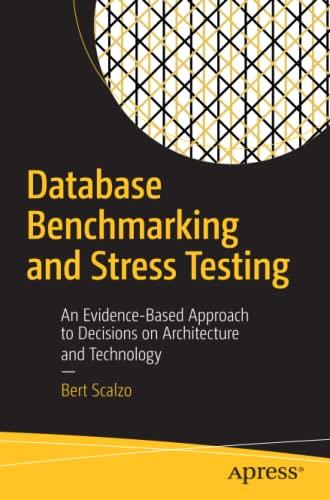
Objectives: Pointer arithmetic, type casting, call by reference. Requirements: In this lab, five functions need to be implemented using the following function prototypes: 1. void ** create2DArray(int numRows, int numCols, int elemSize); In this function, programmers need to create a 2D array like below: Num of Rows Num of Cols Num of Cols T[0][0] T[1][0] T[0][1] T [1][1] T[O][num Cols-1] T[1][num Cols-1] Num of Cols T[num Rows-1][0] T[numRows-1][1] ... T[numRows-1][num Cols-1] The number of rows needs to be stored before the array of row pointers as a double- precision number (double), and the number of columns needs to be stored before each row also as a double-precision number (double). These numbers should not be visible to users. 2. double getRowSize(void ** table); This function receives a 2D array of any type, and returns the number of rows in this 2D array, which is stored before row pointers. 3. double getColSize(void** table, int rowNo); This function receives a 2D array of any type, then returns the number of columns in the row that indicated by input variable "rowNo", or returns "-1" if the indicated row doesn't exist. "rowNo" is 0-based. 4. void printTable(void** table); This function receives a 2D array of any type and prints out all the values in this 2D array in row- wise order. In this section, all elements in the 2D array are integers. 5. void free Table(void** table); This function receives the 2D array, and frees ALL the previously allocated memories. Note: You can create your own testing (main) function in whichever way you prefer to test your functions. Your main function will NOT be graded in this lab. Objectives: Pointer arithmetic, type casting, call by reference. Requirements: In this lab, five functions need to be implemented using the following function prototypes: 1. void ** create2DArray(int numRows, int numCols, int elemSize); In this function, programmers need to create a 2D array like below: Num of Rows Num of Cols Num of Cols T[0][0] T[1][0] T[0][1] T [1][1] T[O][num Cols-1] T[1][num Cols-1] Num of Cols T[num Rows-1][0] T[numRows-1][1] ... T[numRows-1][num Cols-1] The number of rows needs to be stored before the array of row pointers as a double- precision number (double), and the number of columns needs to be stored before each row also as a double-precision number (double). These numbers should not be visible to users. 2. double getRowSize(void ** table); This function receives a 2D array of any type, and returns the number of rows in this 2D array, which is stored before row pointers. 3. double getColSize(void** table, int rowNo); This function receives a 2D array of any type, then returns the number of columns in the row that indicated by input variable "rowNo", or returns "-1" if the indicated row doesn't exist. "rowNo" is 0-based. 4. void printTable(void** table); This function receives a 2D array of any type and prints out all the values in this 2D array in row- wise order. In this section, all elements in the 2D array are integers. 5. void free Table(void** table); This function receives the 2D array, and frees ALL the previously allocated memories. Note: You can create your own testing (main) function in whichever way you prefer to test your functions. Your main function will NOT be graded in this lab







